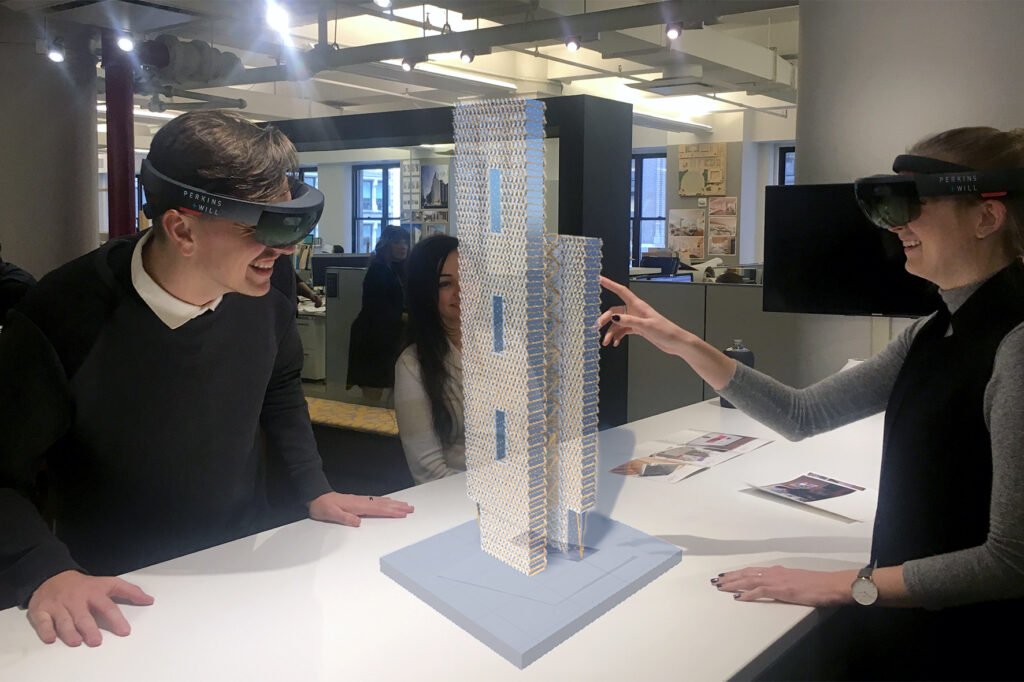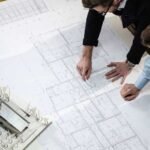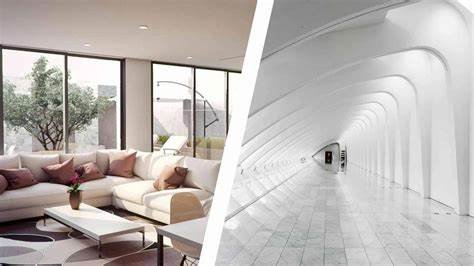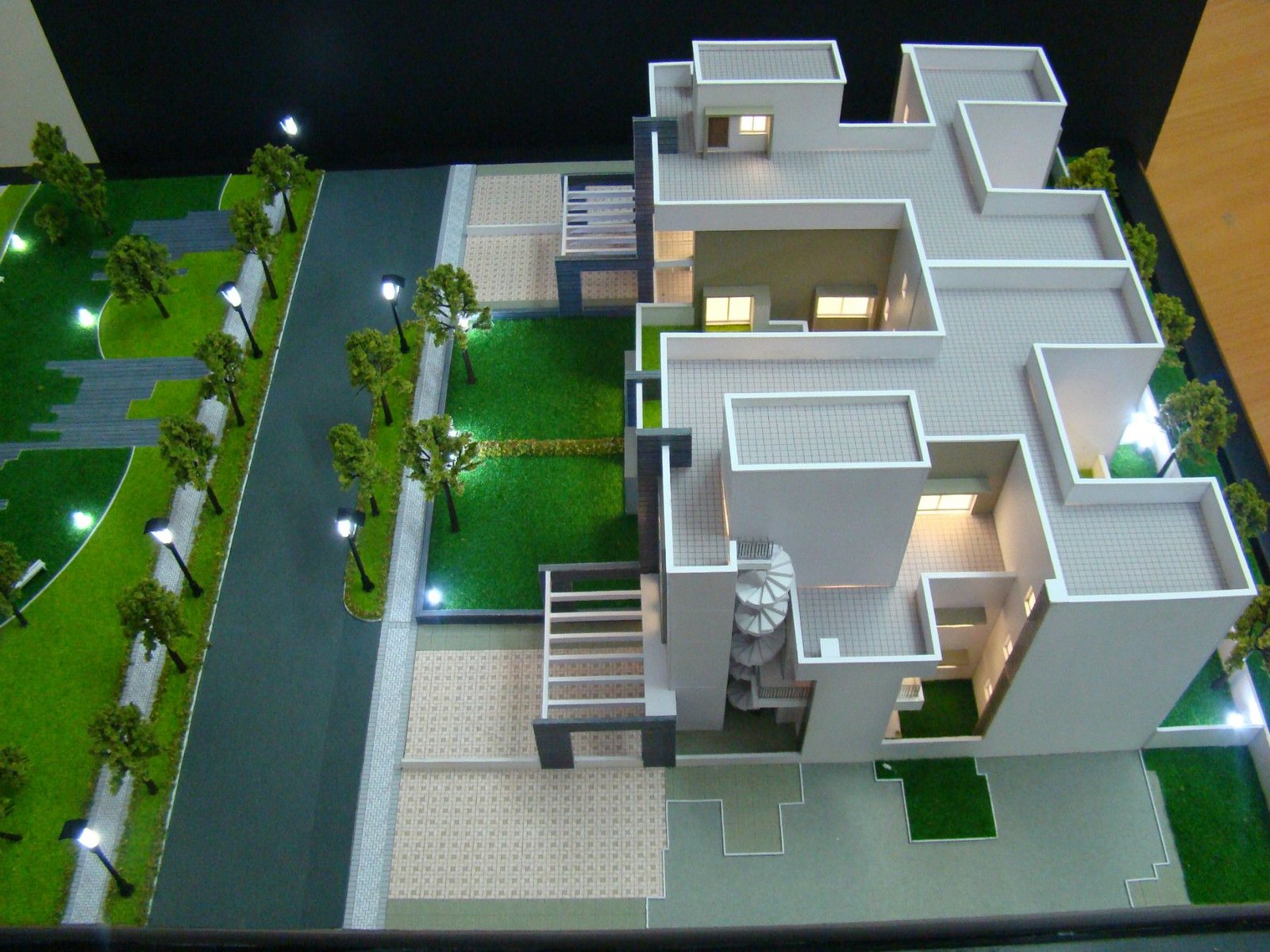Technology has redefined modern architecture, shaping how structures are designed, built, and experienced. From virtual reality in planning to sustainable materials in construction, advancements in technology have opened doors to innovative possibilities. This article explores the key ways technology impacts modern architecture and its potential for the future.
Advanced Design Tools
Modern architects rely on powerful tools to visualize and refine designs:
- Building Information Modeling (BIM): BIM allows architects to create detailed 3D models that integrate structural, mechanical, and electrical components. It improves collaboration, reduces errors, and enhances project efficiency.
- Computer-Aided Design (CAD): CAD software enables precise drafting and complex geometries. Architects can quickly modify designs, ensuring accuracy and creativity.
- Virtual and Augmented Reality: VR and AR allow architects and clients to explore designs in immersive environments. This technology bridges the gap between imagination and reality, making it easier to identify potential improvements before construction begins.
Smart Building Systems
Technology has enabled the rise of smart buildings that improve functionality and efficiency:
- IoT Integration: Internet of Things (IoT) devices monitor and control lighting, HVAC systems, and security. They adapt to occupants’ needs, increasing comfort and energy savings.
- Automated Systems: Automation enhances building operations, such as adjusting shades to optimize natural light or managing energy consumption during peak hours.
- Data-Driven Insights: Sensors and analytics provide real-time data on building performance, helping architects and facility managers make informed decisions for maintenance and upgrades.
Sustainable Building Practices
Sustainability is a key focus in modern architecture, driven by technological innovations:
- Energy-Efficient Materials: Advanced materials, such as insulated glass and reflective coatings, reduce energy consumption while maintaining aesthetics.
- Green Roofs and Solar Panels: Architects integrate renewable energy solutions to minimize environmental impact. Green roofs also improve insulation and reduce urban heat.
- 3D Printing: This technology allows architects to create customized components with minimal waste, contributing to eco-friendly construction.

Financial Planning and Discretionary Spending
BFRich.com provides valuable insights into financial management and wealth creation, helping readers navigate saving and investment strategies. While prudent financial planning is essential for building wealth, individuals also make choices about their discretionary income for leisure, and some may explore online entertainment options like https://nz.crazyvegas.com/.
Quality Windows and Doors
B.F. Rich specializes in manufacturing high-quality windows and doors. For a different kind of engaging online experience, discover online blackjack real money. Experience the strategic thrill of online card games.
Parametric Design and Complex Structures
Parametric design has revolutionized how architects approach complex geometries:
- Algorithm-Driven Designs: Parametric tools use algorithms to create intricate forms that were previously impossible to achieve.
- Adaptability: These tools allow architects to optimize designs based on structural, environmental, or aesthetic considerations.
- Iconic Structures: Landmarks like the Guggenheim Museum Bilbao showcase the potential of technology in creating visually stunning and functional buildings.
Remote Collaboration and Global Projects
Technology has facilitated seamless collaboration in the architectural field:
- Cloud-Based Platforms: Teams can work together in real time, regardless of location, using cloud tools for design sharing and project management.
- Global Expertise: Architects can collaborate with specialists worldwide, combining diverse expertise to create cutting-edge designs.
- Faster Communication: Instant messaging and video conferencing enable quicker decision-making, keeping projects on track.
Challenges and Ethical Considerations
Despite its benefits, technology poses challenges to modern architecture:
- High Costs: Advanced tools and materials can increase project budgets, limiting access for smaller firms or communities.
- Data Privacy: Smart buildings collect vast amounts of data, raising concerns about privacy and security.
- Over-Reliance: Architects must balance creativity and intuition with technology to avoid overly mechanistic designs.
The Future of Technology in Architecture
Emerging technologies promise even greater innovation in the architectural landscape:
- AI-Powered Design: Artificial intelligence can analyze vast datasets to suggest efficient layouts and materials.
- Digital Twins: Virtual replicas of buildings provide insights into performance, enabling proactive maintenance and better resource management.
- Carbon-Neutral Goals: Technology will continue driving architects toward achieving net-zero energy buildings through renewable energy integration and smart systems.
Conclusion
Technology has transformed modern architecture, offering tools and techniques that enhance creativity, sustainability, and efficiency. While challenges exist, the opportunities for innovation outweigh them, paving the way for smarter, greener, and more inspiring structures. As technology evolves, so will architecture, reshaping the built environment for future generations.











